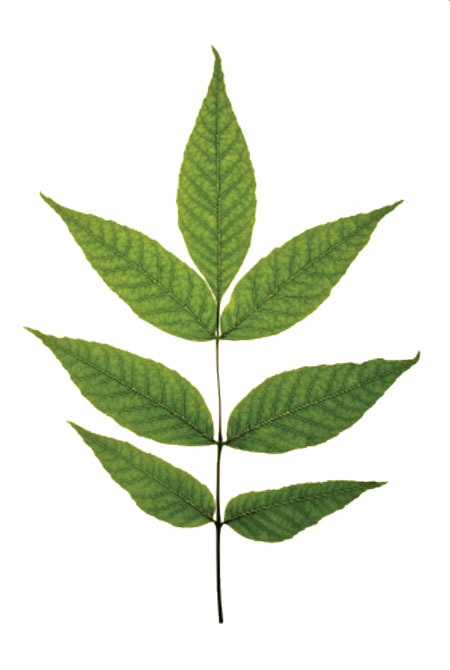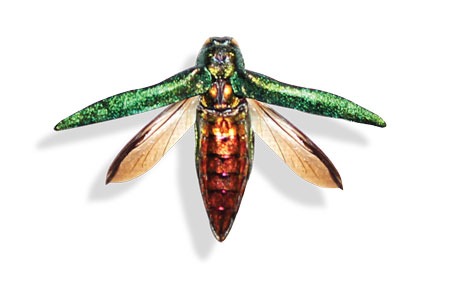Emerald Ash Borer


Emerald Ash Borer (EAB) has killed millions of healthy ash trees in the northern United States and southern Canada since 2002.
What is it?
The emerald ash borer is an exotic, or nonnative, pest that has recently been found in the Twin Cities. It was first discovered in Michigan in 2002 and has killed millions of healthy ash trees. The emerald ash borer continues to travel toward the metro areas. The ash trees of North America have absolutely no means of protecting themselves against these exotic insects. The best method to protect an ash tree from EAB is to preventively treat with an insecticide while the trees are still healthy enough to fully absorb and distribute the preventative insecticide. Recent science, studies and trial and error have taught us the optimum methods and treatment limitations for control of this destructive pest.
Signs and Symptoms:
- “D” shaped exit hole on bark
- Splitting bark
- Larvae feeding under the bark
- Sprouting along the trunk and larger branches
- Crown or canopy dieback
- Noticeable wood pecker activity
Preventive Treatment:
If your tree is not exhibiting any signs or symptoms of EAB activity, there are two available treatment options based on the size and location of the ash tree. Size of the ash tree is determined by measuring around the trunk of the tree, 4 feet off the ground. TREE-äge by ArborJet is used when an ash tree’s circumference is greater than 50″, near open water or in a boulevard. This systemic insecticide is injected directly into the trunk of the tree limiting any impact to people and the environment. This treatment needs to be repeated every 2 years. Mallet, also an insecticide, is used when the ash tree’s circumference is fewer than 50″ and is injected into the soil at the base of the tree, not into the tree itself. This treatment needs to be repeated every year.
Therapeutic Treatment:
Therapeutic treatment to ash trees in this condition will be evaluated and conducted on a case-by-case basis by Premium Tree Protection, LLC and the home owner.
